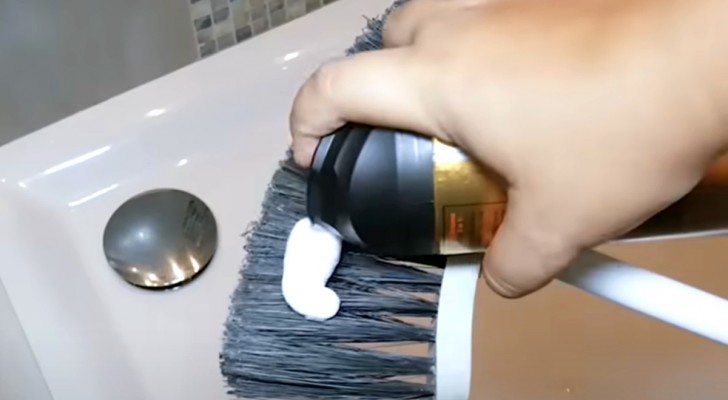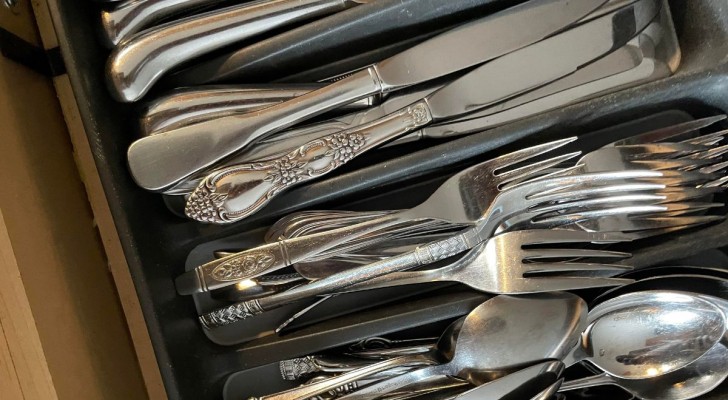What is a dishwashing sponge doing in the freezer? Find out why here
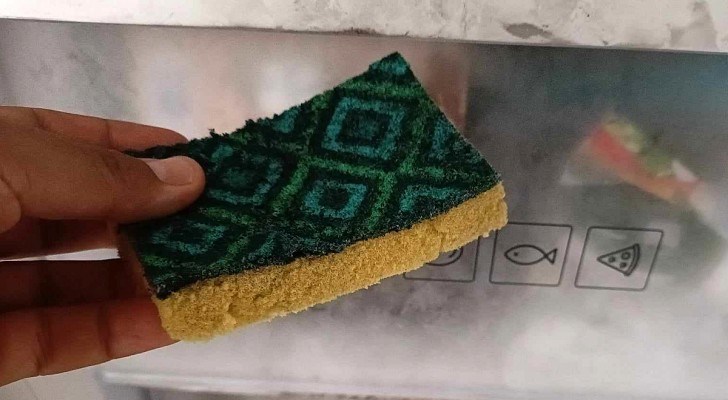
Every room in our house is full of objects that we use in one way but, without perhaps knowing it, could be used in another.
An example of this is the humble dishwashing sponge. We are talking about the type that has a soft side (usually yellow) and a "rougher" side (usually colored green). Now, why should we always keep a sponge like this in the freezer? Read on to find out the answer:
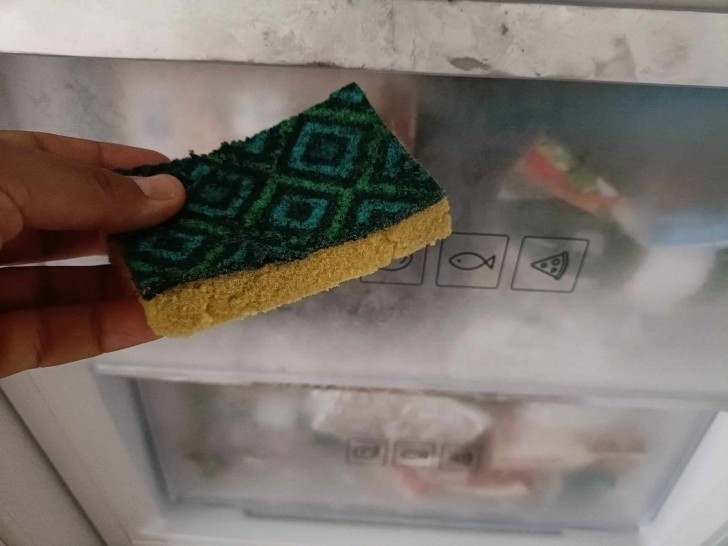
Creativo.media
The dishwashing sponge is perhaps one of the most commonly found items in any home kitchen. It is useful and essential for soaping, cleansing and scraping away the most stubborn dirt and food residue from cutlery, dishes, pots and pans (and more).
And even if we have a dishwasher, we usually have at least one sponge stored under the sink . But what if we told you that it's important to put one - or more - in the freezer compartment of the refrigerator? No, we're not kidding. Even if this seems strange, this is a great tip. Let's find out why:
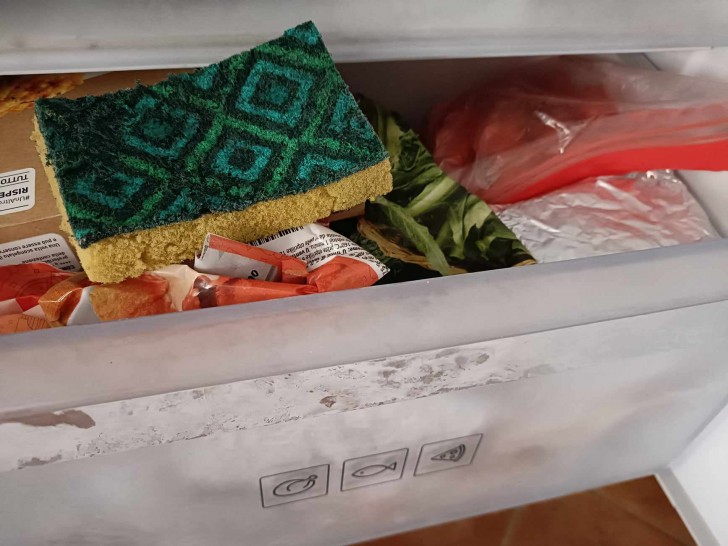
Creativo.media
First of all, let's take our sponge, wash it and sanitize it (even if it's new), and put it in a transparent food bag (a ziplock bag is perfect for this).
At this point, it's time to put the bagged sponge in the freezer and wait. After a while, we will have something cold which we can apply to minor injuries like bruises, scraps and cuts: essentially, we now have a DIY medical ice-pack.
And there are other products we can use - aside from sponges - to make medical ice-packs. Keep reading:
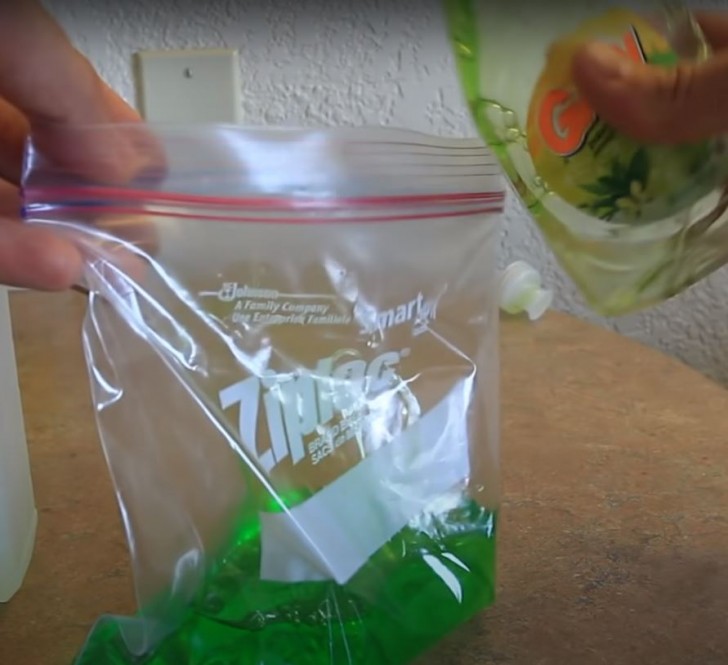
CrazyRussianHacker/Youtube Screenshot
There are those that have had the brilliant idea of putting regular dishwashing detergent into a ziplock bag, freezing it and, thereby creating a flexible, medical, gel-based, ice pack which can also be applied to minor injuries.
In short, it's not uncommon to find alternative uses for everyday items - we just need to think creatively.
Do you have any tips like this?



